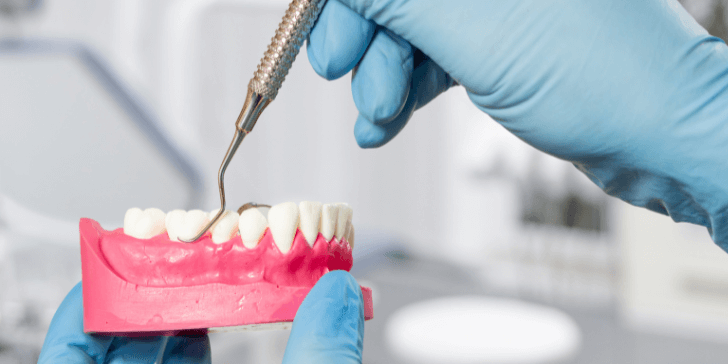
Table of Contents
Get Dental Catalogue PDF On Your Email
Complete Guide to Gracey Curettes: Understanding the Different Types and When to Use Them
Gracey curettes are essential tools in modern dentistry, designed for scaling and root planing, particularly when treating periodontal disease. These instruments are known for their precision and ability to reach deep into periodontal pockets, making them indispensable for dental hygienists and periodontists. Whether you’re a seasoned professional or just starting in the dental field, understanding the different types of Gracey curettes and when to use them is crucial to providing effective patient care.
In this guide, we’ll cover various Gracey curettes, including the standard ones (1/2, 13/14, 15/16, 17/18, 3/4, 5/6, 9/10, 11/12), as well as the After Five versions (11/12, 13/14), and explain their features and best uses in everyday practice.
Types of Gracey Curettes and Their Uses
Let’s break down the different Gracey curettes and explore when and how to use each one.
1. Gracey Curette 1/2
This is one of the most versatile Gracey curettes and is used for scaling the anterior teeth. The Gracey Curette 1/2 is designed fo`r both the mesial and distal surfaces of these teeth. Its blade is narrow enough to allow for easy access to tight spaces between the teeth and along the gum line. This curette is commonly used in both the upper and lower anterior regions.
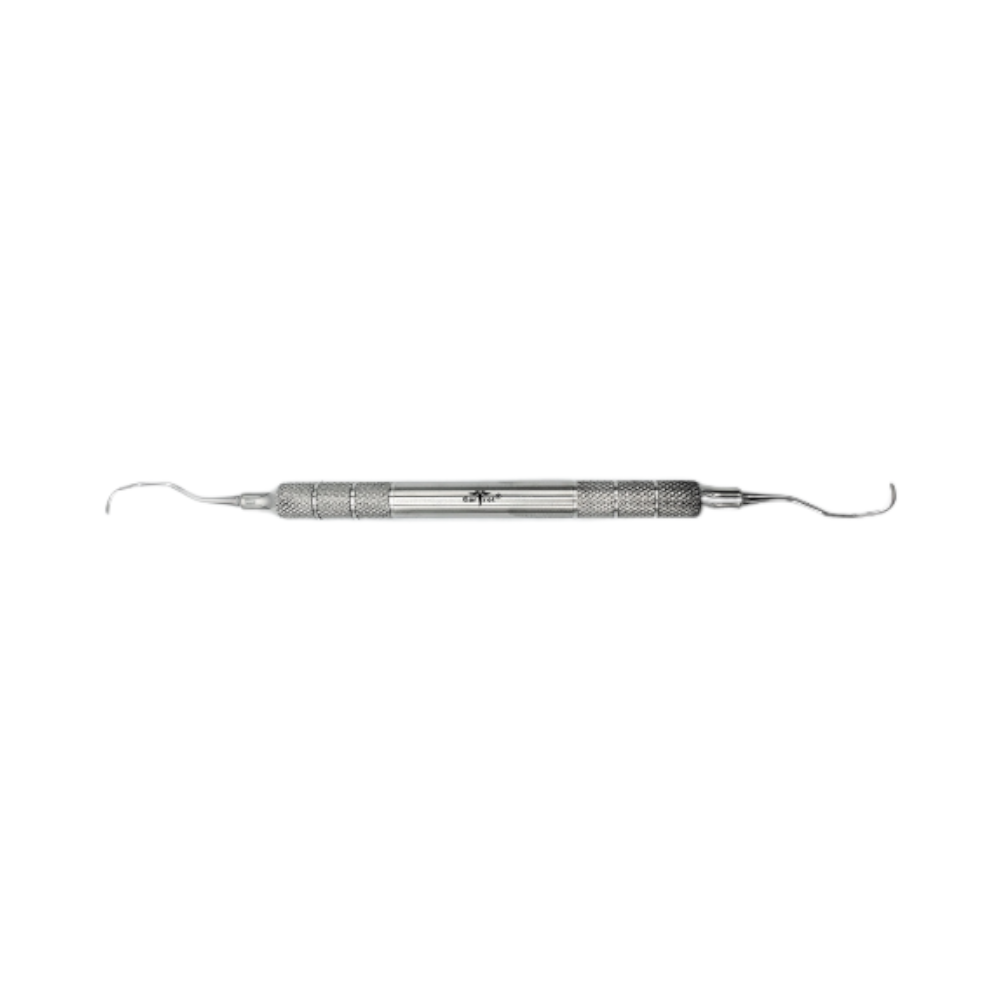
2. Gracey Curette 3/4
The Gracey Curette 3/4 is designed for use on the posterior teeth, specifically the buccal and lingual surfaces. The angle of the blade allows for effective scaling and root planing in these areas, making it ideal for cleaning the back teeth. It’s perfect for removing calculus from the surfaces that are harder to reach with other instruments.
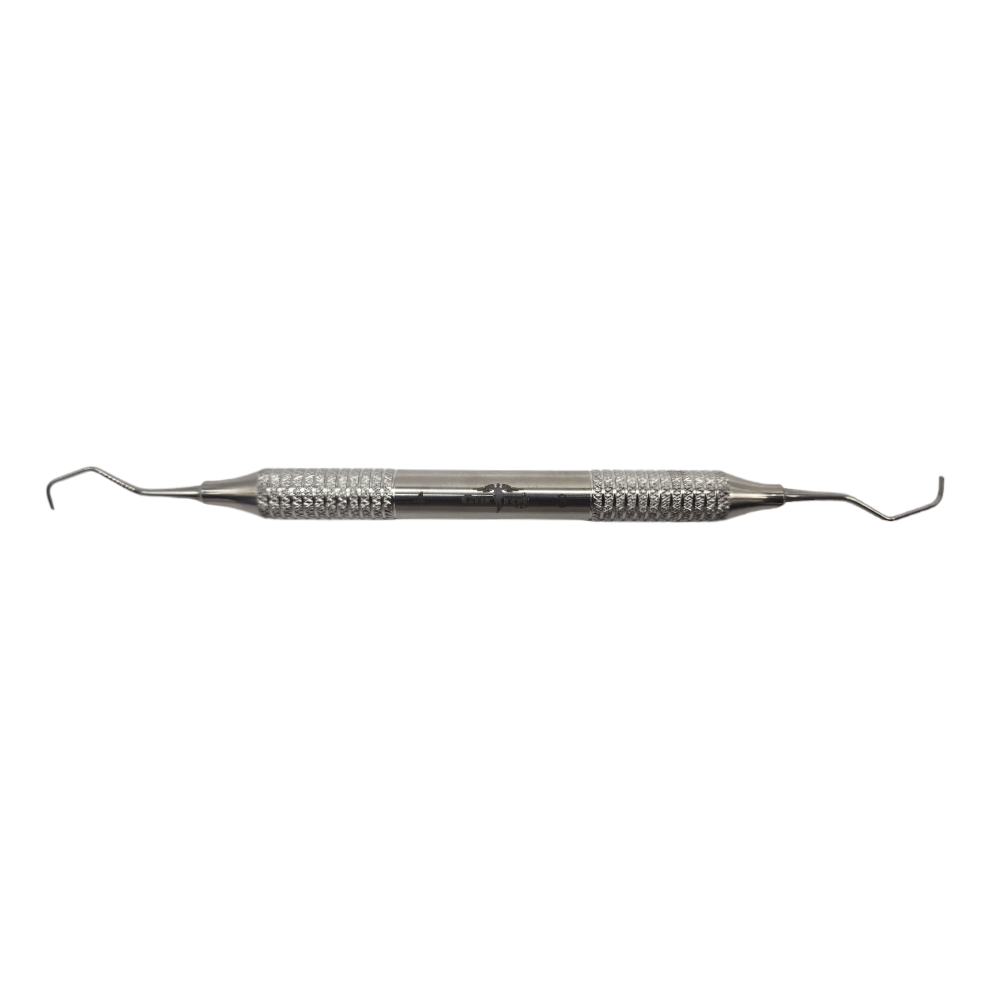
3. Gracey Curette 5/6
The Gracey Curette 5/6 is another tool designed for the posterior teeth, but it is specifically intended for the mesial and distal surfaces of premolars and molars. It is an excellent choice for scaling deep pockets and providing precise cleaning in areas that are hard to access.
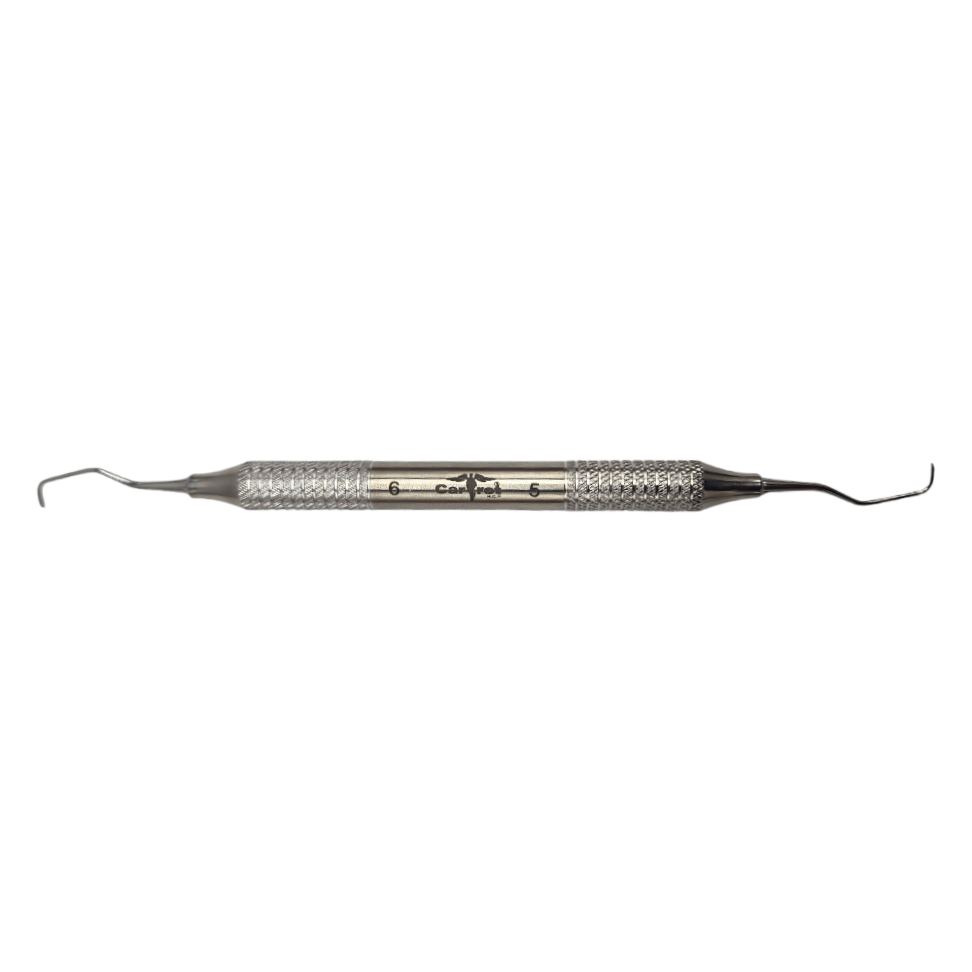
4. Gracey Curette 9/10
The Gracey Curette 9/10 is ideal for treating posterior teeth, specifically for scaling the buccal and lingual surfaces of molars and premolars. It is particularly useful for deep subgingival scaling in patients with moderate to severe periodontal disease. The design of this curette allows for thorough cleaning in these tough-to-reach areas.
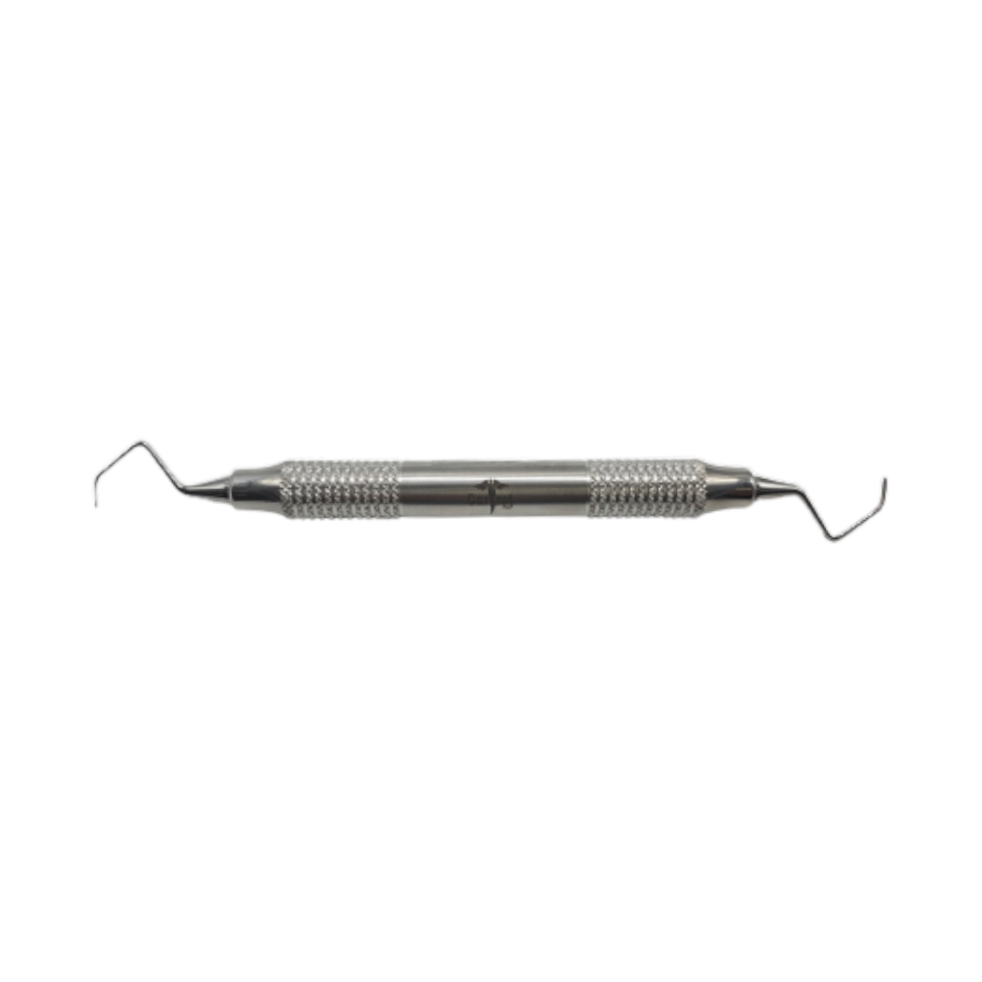
5. Gracey Curette 11/12
The Gracey Curette 11/12 is another posterior curette, but it is specifically made for the mesial surfaces of molars and premolars. This curette allows for deep cleaning of the area around the root and is especially useful when working on the inner surfaces of the back teeth.
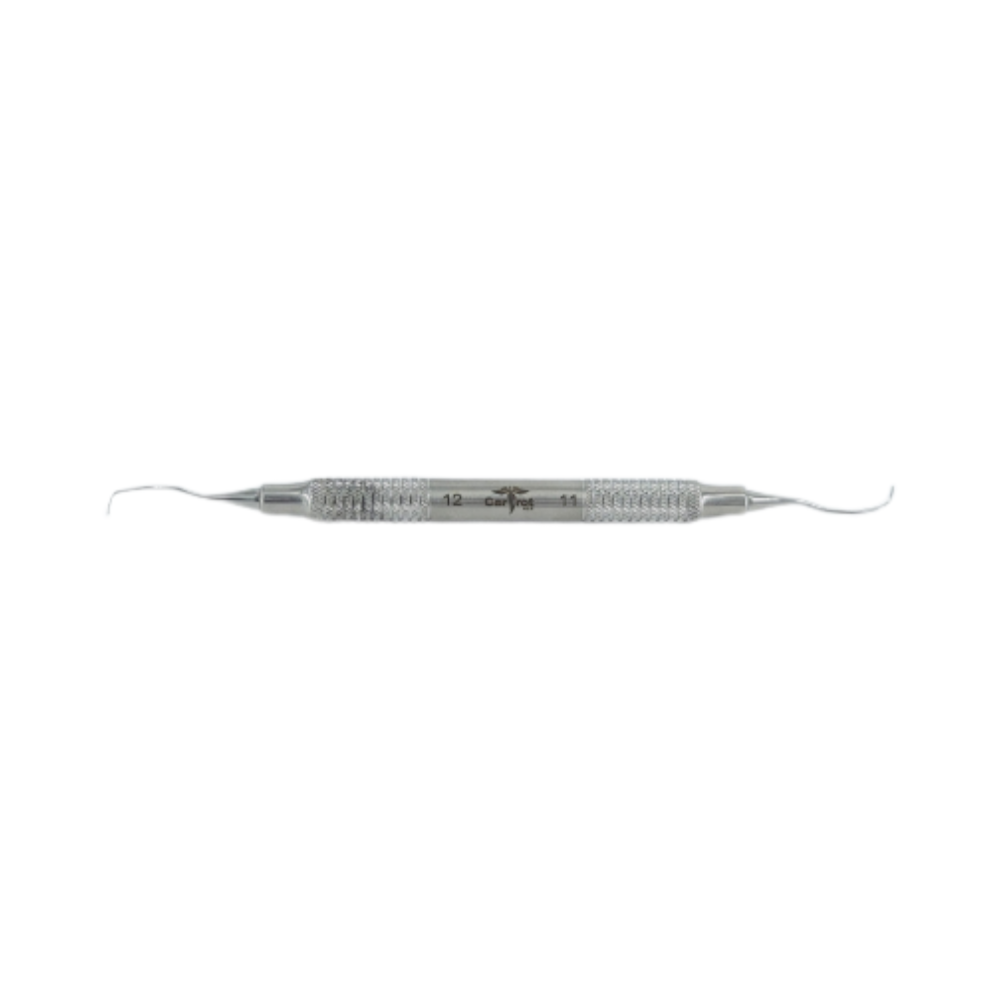
6. Gracey Curette 13/14
The Gracey Curette 13/14 is designed for cleaning the distal surfaces of posterior teeth, including molars. Its blade is wider than the 1/2 and 3/4 curettes, allowing it to remove more debris and calculus from the tooth surfaces. This tool is often used for deep cleaning and scaling in areas with deep periodontal pockets.
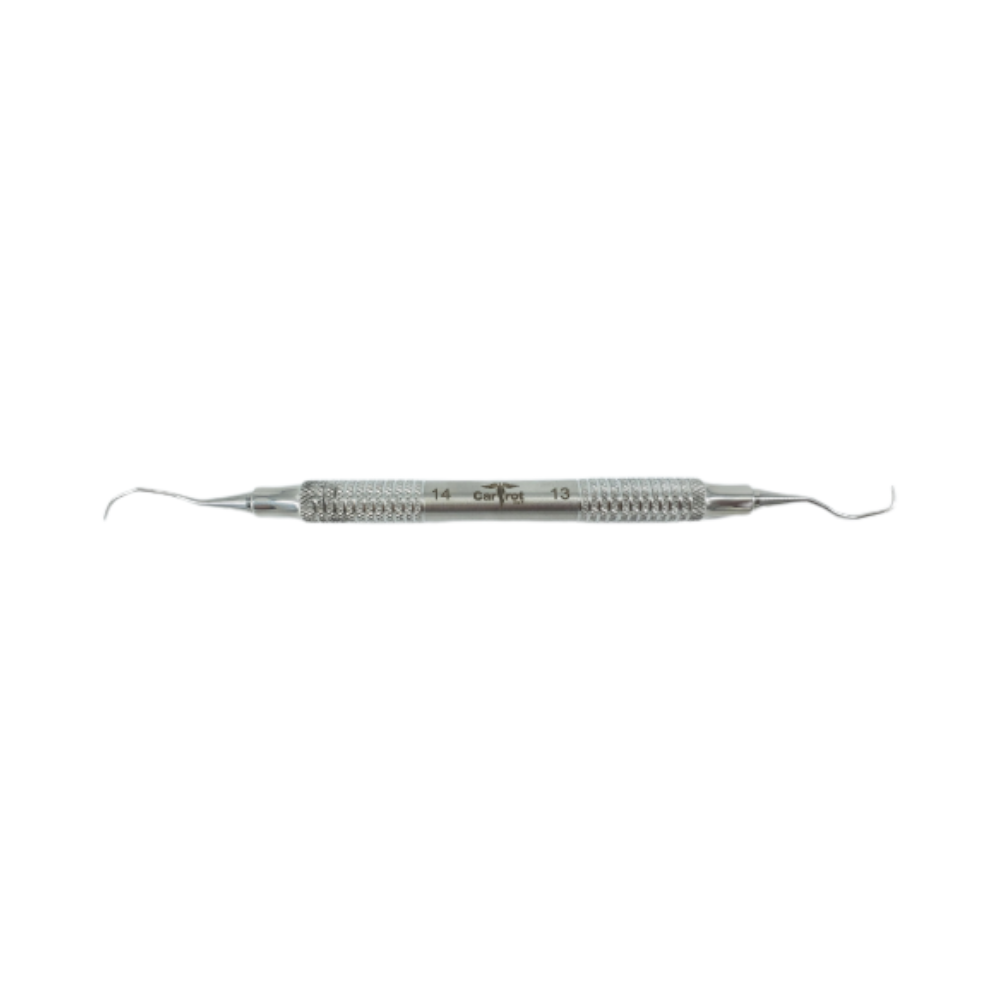
7. Gracey Curette 15/16
The Gracey Curette 15/16 is a tool designed for use on the buccal and lingual surfaces of posterior teeth. It is particularly useful for areas that require more intricate and delicate scaling. It’s a great option for cleaning teeth with significant build-up, such as in patients with advanced gum disease.
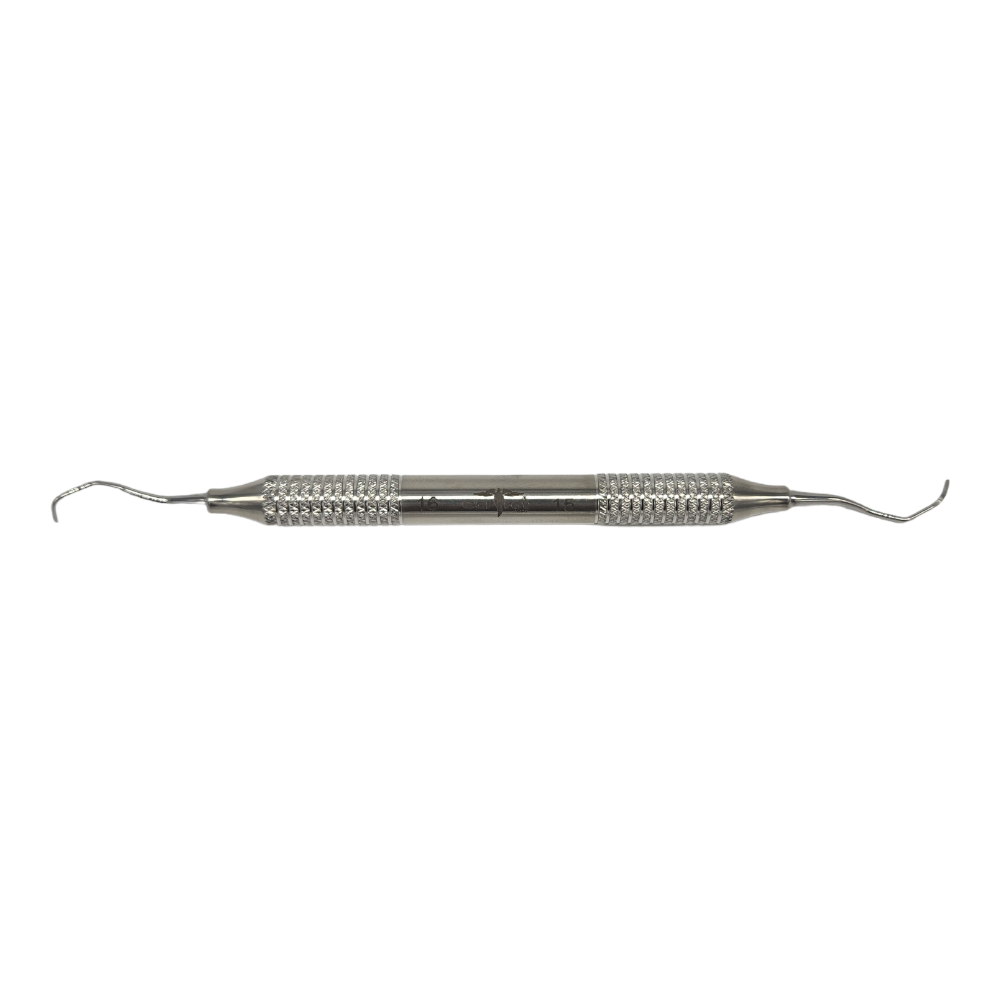
8. Gracey Curette 17/18
The Gracey Curette 17/18 is specifically designed for use on the distal surfaces of molars and the posterior teeth in general. Its blade is angled in such a way that it provides efficient scaling without damaging the surrounding tissues. It’s often used when deep subgingival scaling is needed.
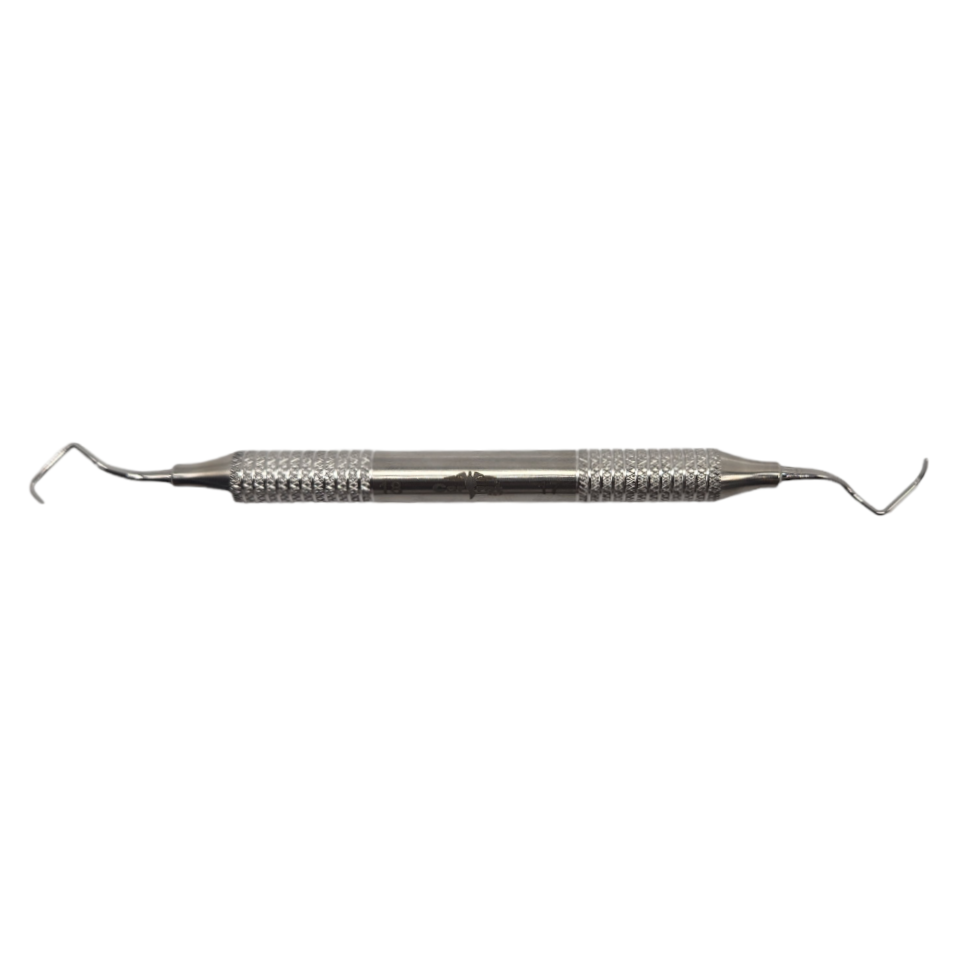
9. After Five Gracey Curettes
The After Five Gracey Curettes are an advanced version of the standard Gracey curettes. The major difference is that the blade of the After Five curettes is longer and thinner, which allows for better access to deep periodontal pockets. These curettes are particularly useful for cases where the gum tissue has receded, or when the patient has more advanced periodontal disease.
10. After Five Gracey Curette 11/12
The After Five Gracey Curette 11/12 is used for deep cleaning of the mesial surfaces of posterior teeth. Its longer, thinner blade allows it to reach deeper into pockets, making it ideal for patients with deep gum disease or periodontal issues. This tool is often used when other curettes can’t reach the areas that need cleaning.
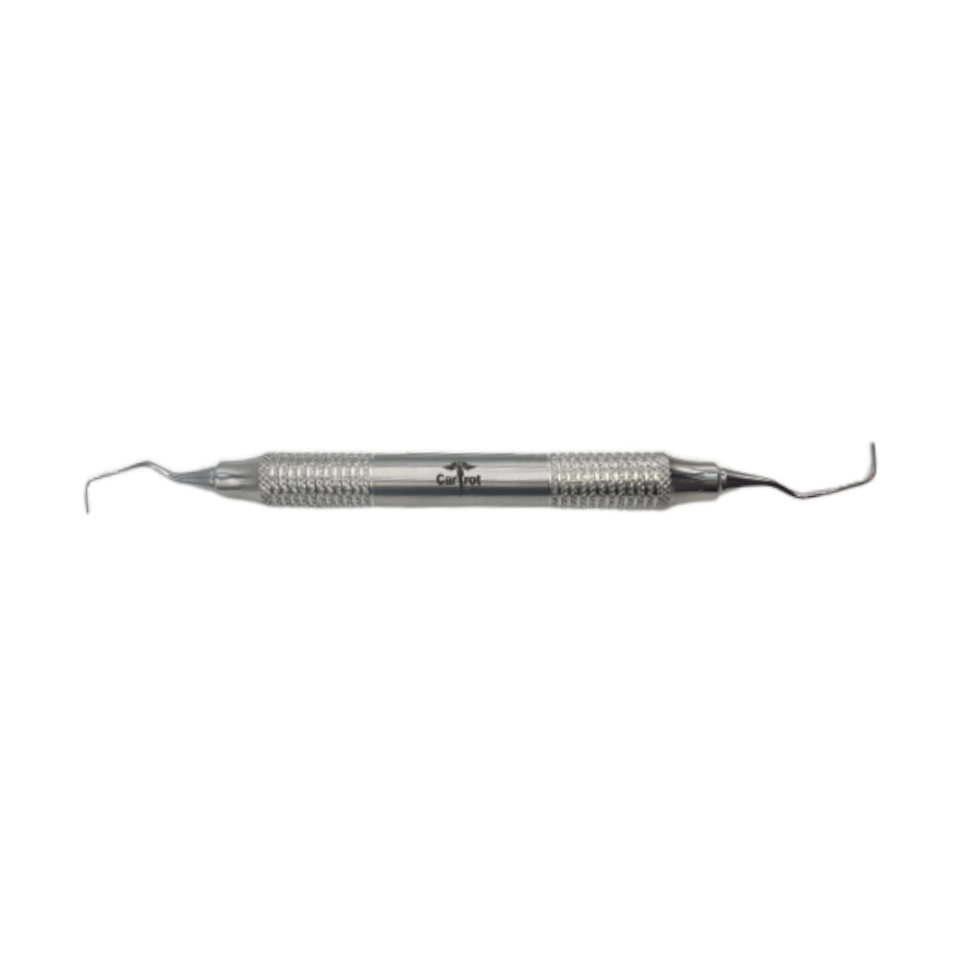
11. After Five Gracey Curette 13/14
Similar to the Gracey Curette 13/14, the After Five version is designed for use on the distal surfaces of posterior teeth. The longer blade helps clinicians access deeper pockets and clean the root surface more effectively. It’s the go-to tool for deep subgingival cleaning in advanced periodontal cases.
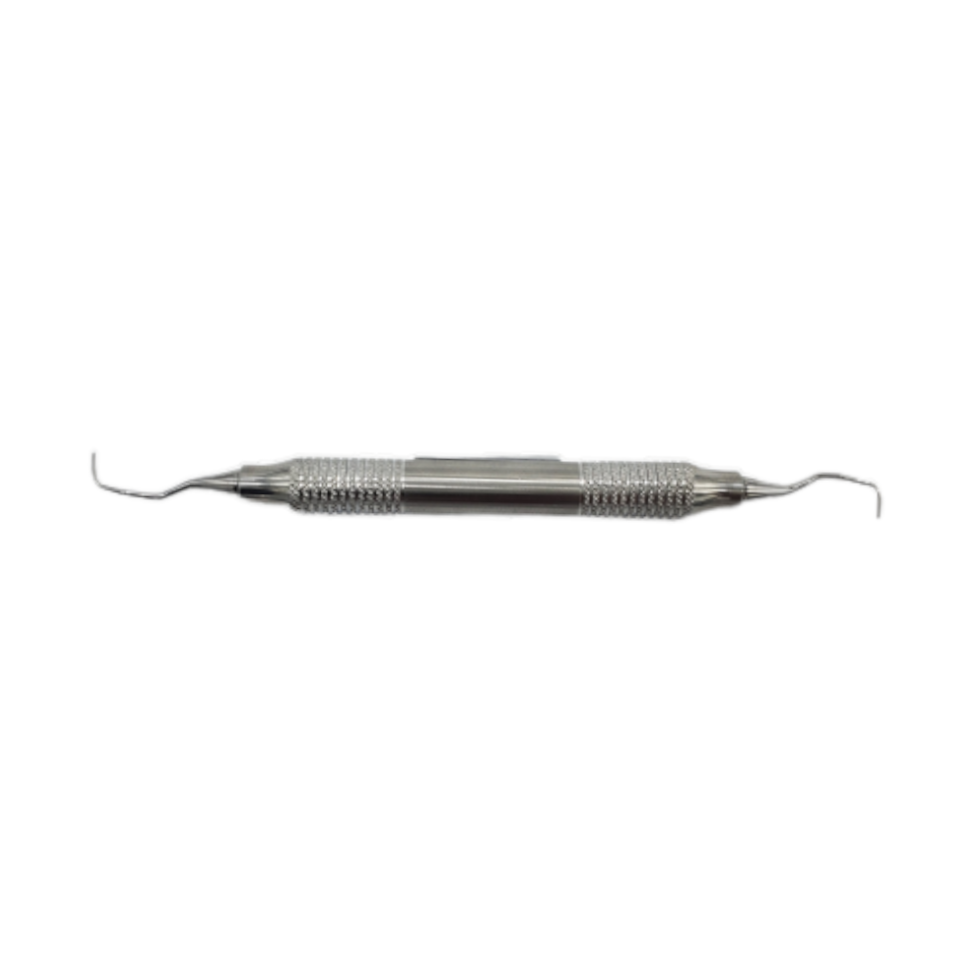
Features of Gracey Curettes
Gracey curettes are known for their unique features, which make them essential tools in periodontal treatment:
- Blade Offset: The blade of a Gracey curette is set at a 70-degree angle to the handle, which allows for better access to the tooth surface beneath the gum line.
- Single-Ended Design: Gracey curettes are single-ended, meaning they have a blade on only one side. This makes them more specialized for specific areas of the mouth.
- Curved Blade: The blade of the Gracey curette is designed with a curved shape that follows the contours of the tooth, allowing for precise scaling.
- Variety of Sizes: Each curette is available in a range of sizes, with different blades designed to treat specific surfaces (anterior vs. posterior teeth, mesial vs. distal surfaces, etc.).
- After Five Models: The After Five curettes have longer, thinner blades that make them ideal for deep subgingival scaling in patients with more advanced periodontal disease.
When to Choose Which Curette?
Choosing the right Gracey curette depends on the area of the mouth you are working on, the depth of the periodontal pockets, and the specific surface you are treating. For example:
- Anterior teeth require a Gracey Curette 1/2 or Gracey Curette 3/4 for effective cleaning.
- Posterior teeth might need the Gracey Curette 11/12 or Gracey Curette 13/14 depending on whether you are working on mesial or distal surfaces.
- For deep pockets, the After Five Gracey Curettes (11/12, 13/14) are ideal due to their extended, thinner blades.
Conclusion
Gracey curettes are a cornerstone of effective periodontal treatment. Each curette has a specific function, and understanding the differences between them allows dental professionals to provide the best care for their patients. Whether you are cleaning anterior teeth with a Gracey Curette 1/2 or dealing with deep pockets using an After Five Gracey Curette, mastering these instruments will enhance your ability to provide precise and effective care.
By knowing when and how to use each Gracey curette, you’ll be able to handle a variety of periodontal challenges and ensure that your patients maintain optimal oral health.

